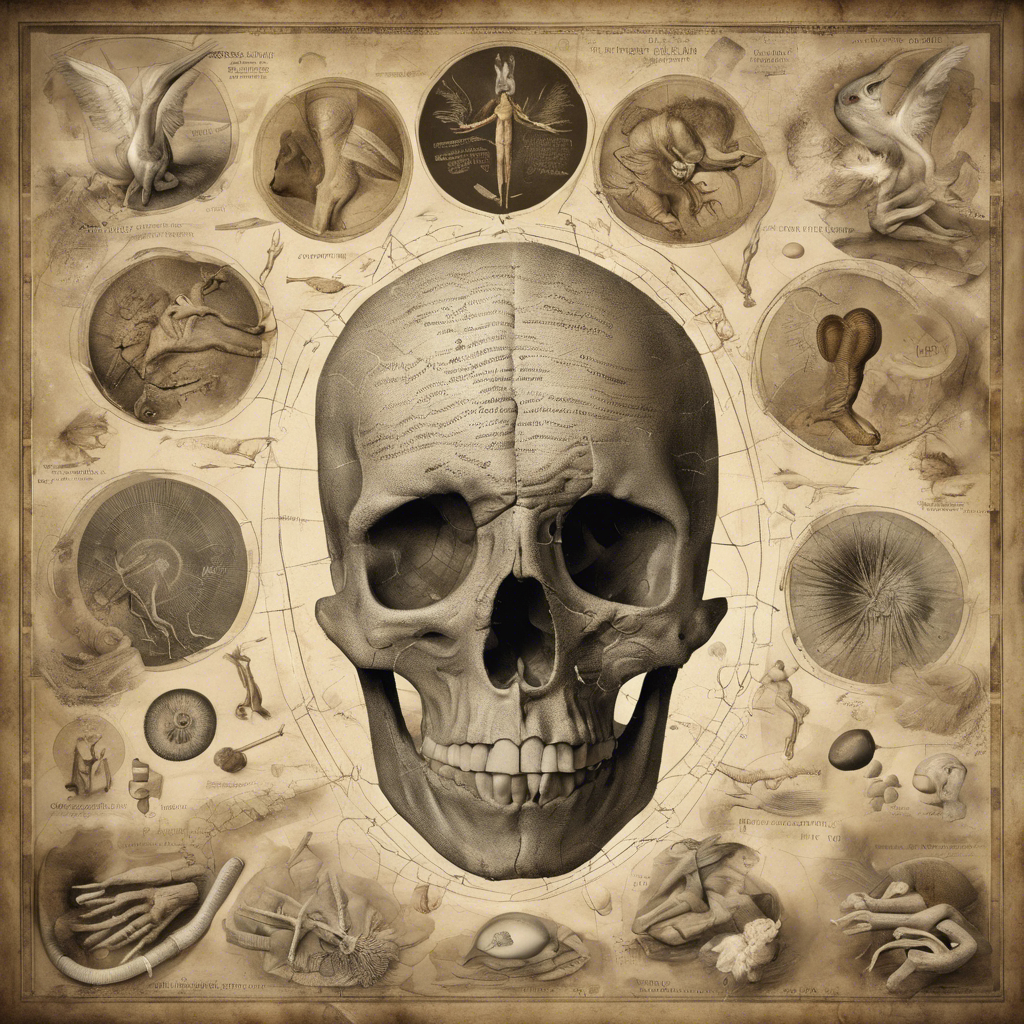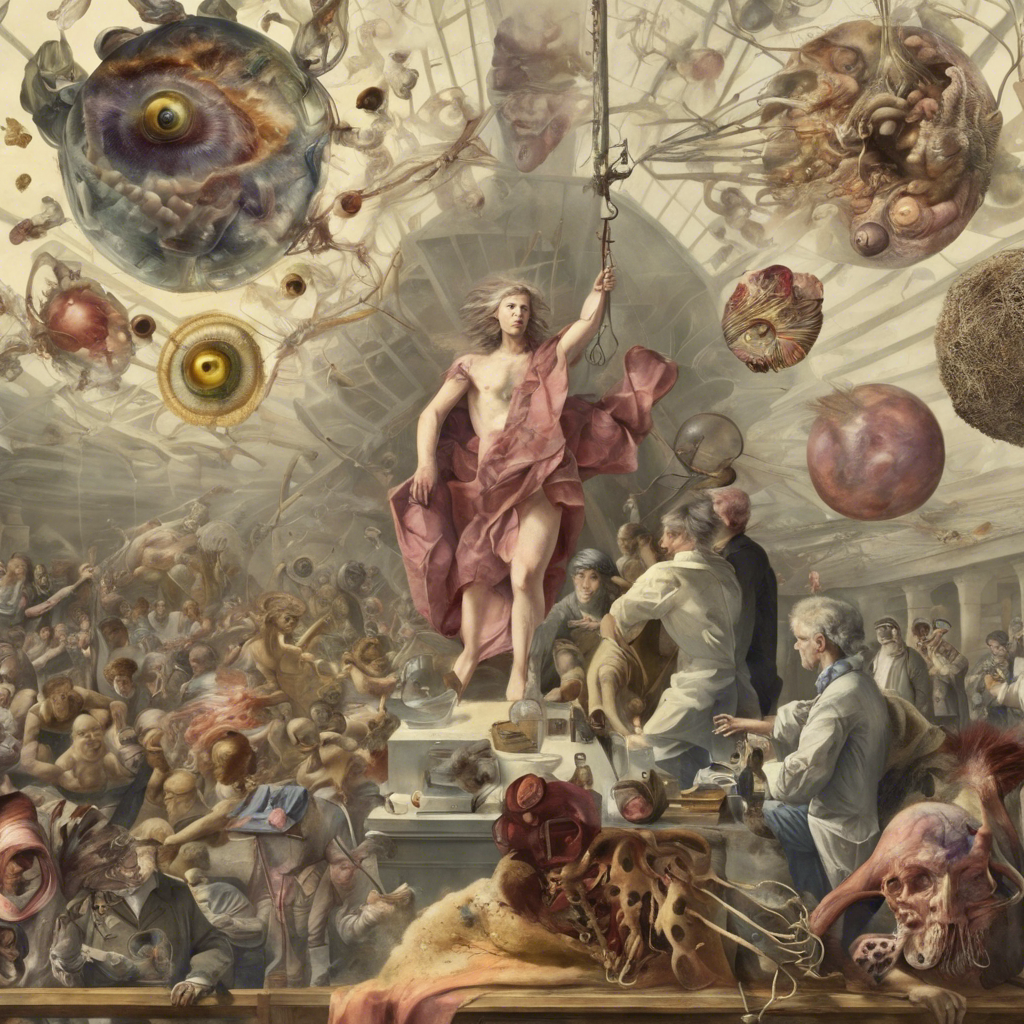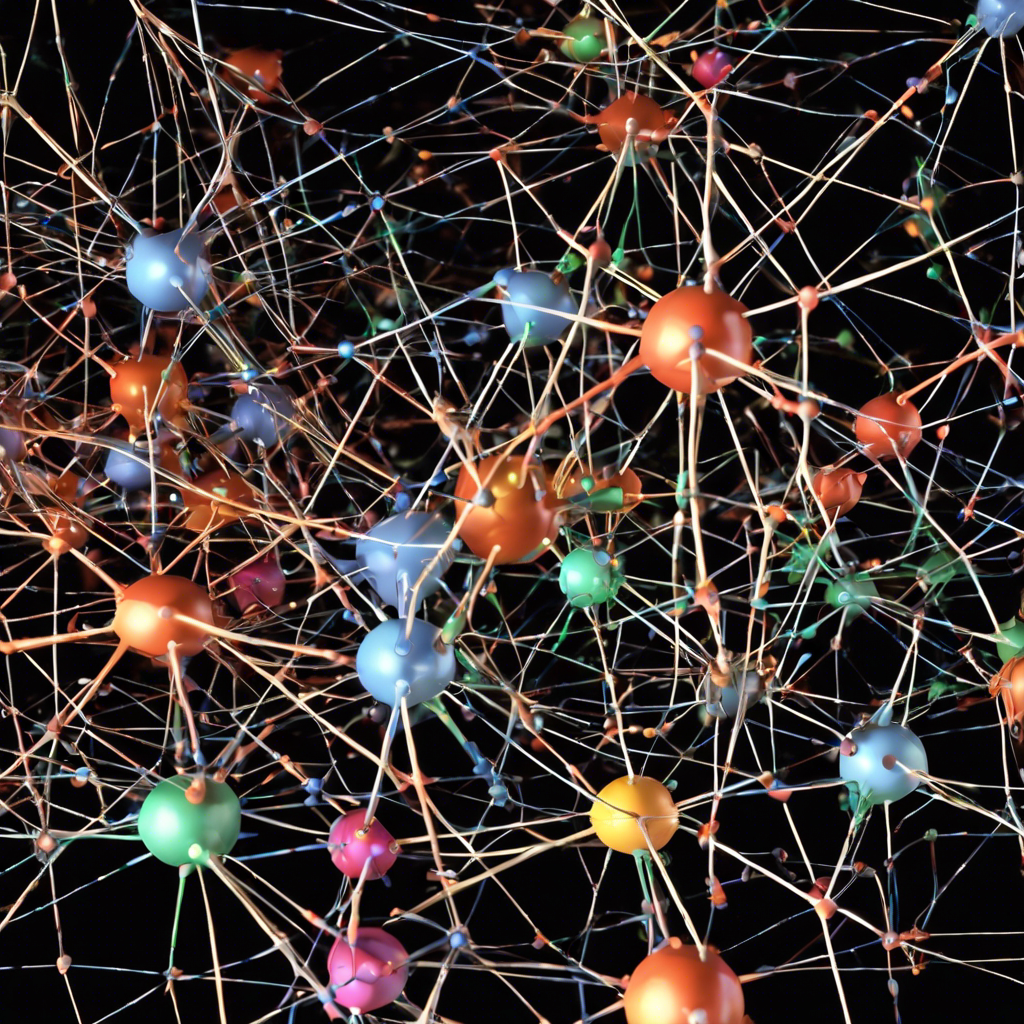The Evolutionary Basis of Human Sociability
Humans are inherently social creatures, deeply ingrained in the fabric of community living. Renowned evolutionary biologist Edward O. Wilson argues that humans can be classified as “eusocial,” a term typically used to describe species that are inherently social at their core. Wilson’s groundbreaking research on ant colonies shed light on the power of coordinated action and division of labor within social groups. Similar principles can be applied to humans, as our ability to thrive and adapt is greatly enhanced when we work together. In this article, we delve into the evolutionary basis of human sociability and explore the profound impact of community on our well-being.
The Criteria for “True Social” Species
Wilson outlined several criteria that define “true social” species. First and foremost, these species live in multigenerational communities, fostering a sense of continuity and shared experiences. Additionally, they exhibit a division of labor, with different individuals assuming distinct roles and responsibilities within the community. Lastly, “true social” species are willing to sacrifice personal interests for the betterment of the group. By meeting these criteria, humans have evolved to be highly cooperative, enabling us to accomplish more collectively than we could ever achieve alone.
The Paradox of Loneliness
Loneliness has become an increasingly prevalent issue in modern society. Surprisingly, research suggests that the amount of time spent alone does not directly correlate with feelings of loneliness. A study on loneliness revealed that individuals who spend anywhere from 25% to 75% of their day alone experience similar levels of loneliness. This counterintuitive finding highlights the fact that loneliness is not solely about physical proximity to others but rather the quality and depth of connection one seeks.
The Need for Community
While close friendships and intimate relationships provide a sense of fulfillment, there is a deeper yearning for community that extends beyond individual connections. Jim Coan and Dave Sbarra, researchers who explored loneliness, propose the social baseline theory. This theory aligns with Wilson’s concept of humans as “true social” beings, asserting that we have evolved to expect and thrive in communal settings. The social baseline theory suggests that being part of a community fulfills various vital needs.
The Benefits of Community
Being part of a community offers a myriad of advantages. Firstly, it provides a sense of security, as friends and family are often readily available to offer assistance during times of danger or recovery from injury. Secondly, communities serve as valuable sources of information, sharing vital knowledge necessary for navigating the complexities of the world. Additionally, communities offer recognition for accomplishments, instilling a sense of meaning and purpose. Moreover, communities provide fertile ground for the formation of close friendships and romantic partnerships. Lastly, communities play a crucial role in supporting child-rearing, offering assistance and respite to parents.
Mechanisms of Community Cohesion
Coan and Sbarra highlight two essential mechanisms that foster community cohesion: risk distribution and load sharing. Risk distribution involves collective vigilance, where members of the community remain vigilant for potential threats and communicate them to others, reducing the likelihood of unnoticed dangers. Load sharing refers to working together towards shared goals, exemplified by the concept of a barn raising, where the entire community comes together to build or rebuild a structure. These mechanisms enable communities to operate more efficiently and effectively than individuals working in isolation.
The Neuroscience of Community
Neuroscientific evidence supports the notion that humans are at their best when connected to others. The brain exhibits a more relaxed state when individuals are aware of the presence and availability of others. Holding someone else’s hand, for example, reduces the brain’s threat response. This suggests that our brains are wired to function optimally when we are connected to a community, further underscoring the importance of social bonds.
Conclusion:
Loneliness is not solely a result of lacking deep friendships but rather a sense of lacking the social resources that humans have evolved to rely on. To combat loneliness, it is essential to foster a sense of community and connection. This entails going beyond cultivating individual relationships and actively engaging with a supportive community that offers collective problem-solving, risk management, information sharing, and opportunities for recognition. Embracing our innate sociability and recognizing the power of community is crucial for our overall well-being and fulfillment as human beings.











